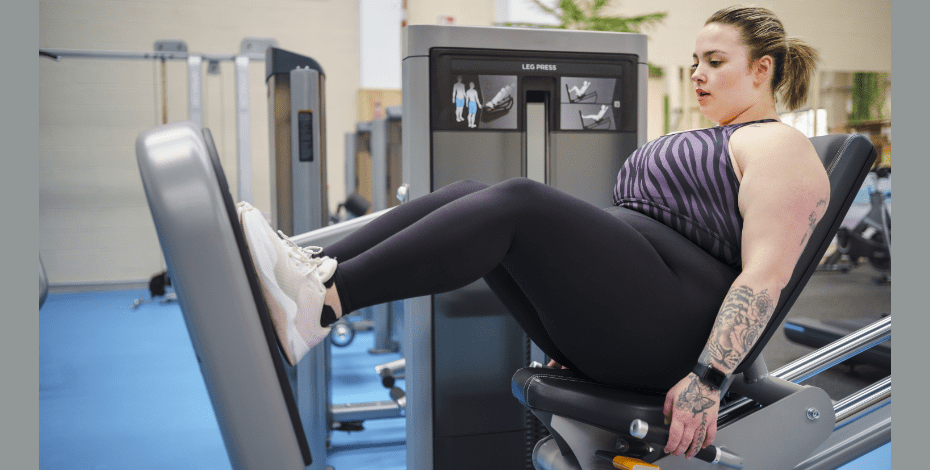
Work health and safety—a refresher

A strong safety culture is critical in the workplace. Here are some tips to ensure employee wellbeing and to meet your legal requirements.
COVID-19 has reinforced the importance of providing a safe and healthy workplace. As we move away from the latest surge in infections, now is a good opportunity to look at work (occupational) health and safety (WHS) matters more broadly.
What is the legislation?
The Work Health and Safety Act 2011 (the Act) was developed with the intention of creating a nationalised WHS system.
All Australian employers (excluding those in Victoria) are bound by the Act.
Victorian employers are covered by the Occupational Health and Safety Act 2004 and the obligations and requirements under both sets of legislation are similar.
Key roles under the legislation Under the Act, a person conducting a business or undertaking has a primary duty of care to—as far as reasonably practicable—ensure the health and safety of workers in the workplace as well as ensure that the health and safety of other persons are not put at risk by the work performed by the business.
The second key role under the Act is an officer—a person who makes decisions that affect the whole or a substantial part of the business.
This typically refers to the business owner and senior management staff and the Act assigns them the responsibility of ensuring that due diligence is taken by the business to meet its requirements under the Act.
What are a business’s obligations under the Act?
The Act identifies four key operational responsibilities that businesses must address to fulfil their safety obligations:
• risk assessment and management
• development and implementation of tailored WHS policies and procedures
• consultation
• training.
Risk management and risk assessments
It is best to take a preventive approach to WHS and this means developing a risk management methodology to ensure safety in the workplace so far as reasonably practicable.
Risk management looks at:
• identifying hazards and risks in the workplace
• assessing the likelihood that they will occur and the potential harm that might arise
• considering what can be done to control the risk (minimise or prevent it from occurring)
• assessing the reasonableness of implementing these controls, such as their cost and availability and whether they are proportionate to the risk/hazard.
Following this, tailored policies and procedures can be developed.
The risk management process should be ongoing and subject to regular reviews of the workplace.
If risks or hazards emerge in the day-to-day happenings of the workplace, they should be reported immediately so they can be addressed before they harm anyone.
WHS policies and procedures
Policies and procedures play a vital role in managing health and safety.
They provide structure and consistency to help workplaces proactively address WHS concerns.
Rather than taking a one-size- fits-all approach, they should be tailored to specifically meet the requirements of each business as no two individual businesses are exactly alike.
These policies and procedures are best kept in a WHS manual where all workers can easily access them and understand the systems and processes in place.
Consultation
Employers have an obligation to consult with workers on WHS matters as far as reasonably practicable.
Consultation must take place concerning any changes to the workplace that may affect them, decisions related to WHS procedures and the day-to-day adequacy of the facilities in place to maintain their safety.
Consultation refers to the general process of sharing information with workers, allowing them the chance to provide feedback on matters that affect them and giving their feedback due consideration before making any final decisions.
This also allows employees to actively contribute to a safe workplace culture.
Employees are an invaluable source of knowledge when it comes to WHS because they are likely to encounter risks and hazards first. Their firsthand perspective must therefore be considered.
‘Safety check-ups’ can be included as part of regular team meetings to keep the issue of safety at the forefront of everyone’s minds and provide incentives for participation across all levels of the business.
In addition to face-to-face meetings, managers and leaders can provide regular updates (eg, via email) to keep safety relevant.
Training
Policies and other safety mechanisms will not be effective without proper training and the Act does require that a person conducting a business or undertaking provide workers with the training required to protect themselves and others from risks to their health and safety.
This training should take place regularly (eg, annually) to ensure that workers remain up to date on the workplace’s WHS systems and processes.
All new workers should also receive an induction program that includes information about WHS policies and procedures in the workplace and where to access them.
In summary
It is important for businesses to be aware of their WHS obligations. The benefits extend from making a business safer and therefore more attractive to current and prospective employees to minimising legal risk.
The HR in Practice specialist workplace relations and work (occupational) health and safety advisory service is operated by Wentworth Advantage. APA Business Group Premium Principal members can contact the HR in Practice service on 1300 138 954, email hrinpractice@australian.physio or click here to access the full suite of online resources, including those related to work (occupational) health and safety.
>> For more information about joining the APA Business Group, email info@australian.physio or call 1300 306 622.
Disclaimer: The material contained in this publication is general comment and is not intended as advice on any particular matter, nor should it be relied on as a substitute for legal or professional advice. Wentworth Advantage Pty Ltd expressly disclaim all and any liability to any persons whatsoever in respect of anything done or omitted to be done by any such person in reliance whether in whole or in part upon any of the contents of this publication. ©Wentworth Advantage Pty Ltd. 2022.
© Copyright 2024 by Australian Physiotherapy Association. All rights reserved.






